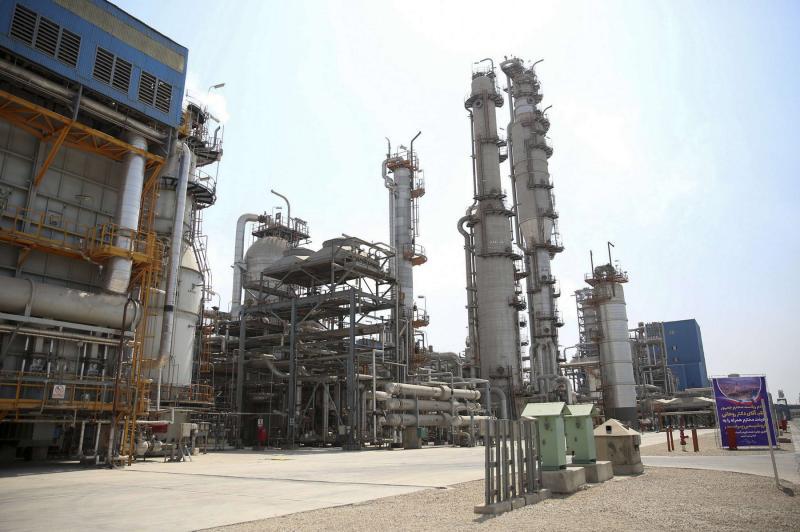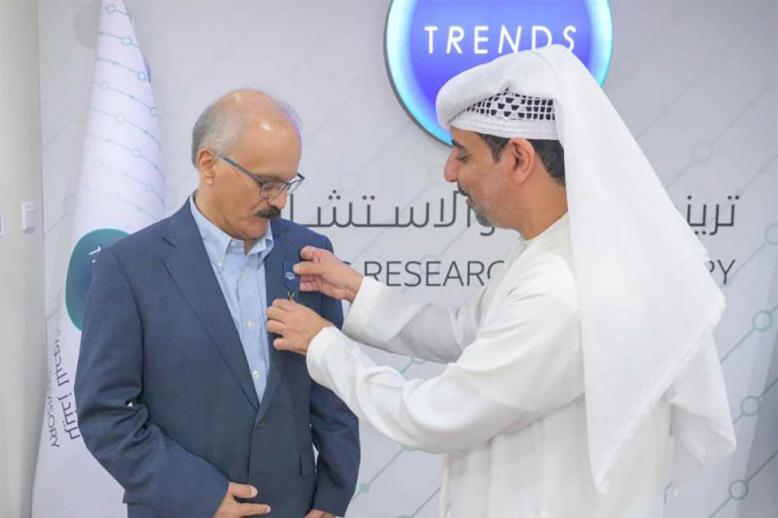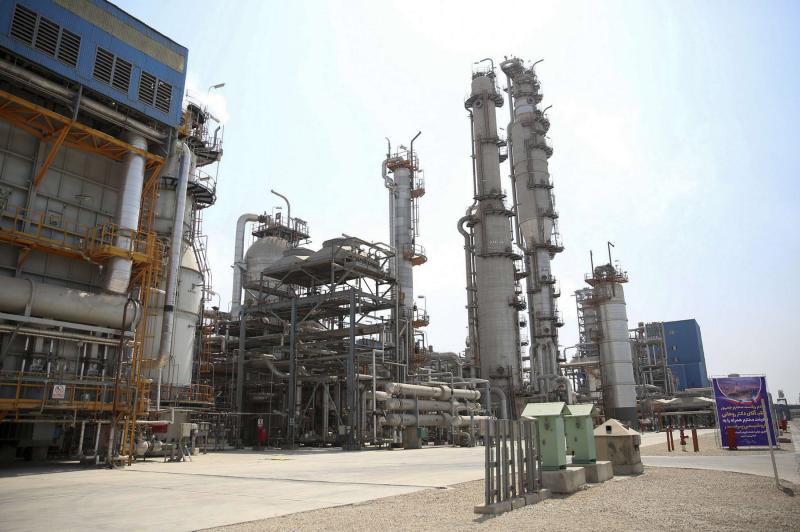Iran’s petrochemical ambitions in tatters after new wave of US sanctions
In targeting Iran’s largest petrochemical entity with new sanctions, the Trump administration is attempting to stem one of Tehran’s vital non-oil sources of revenue, a significant step as the Gulf country recently has been boosting its sales of petrochemical products to compensate for plunging crude exports.
The sanctions slapped on the Persian Gulf Petrochemical Industries Company (PGPIC) preceded the US administration’s move to impose sanctions on Iranian Supreme Leader Ayatollah Ali Khamenei and Foreign Minister Mohammad Javad Zarif, as Washington endeavours to further cripple Tehran’s economy.
The US Treasury Department announced on June 7 that it was placing sanctions on PGPIC, Iran’s largest petrochemical holding group, and 39 of its subsidiaries as well as foreign-based sales agents for providing financial aid to Khatam al-Anbiya, the engineering arm of Iran’s Islamic Revolutionary Guard Corps (IRGC). The Treasury Department cautioned international companies that they “will themselves be exposed to US sanctions” should they continue to partner with PGPIC, its subsidiaries and foreign agents.
According to the department, PGPIC has awarded contracts to Khatam al-Anbiya “generating hundreds of millions of dollars for an IRGC economic conglomerate that stretches across Iran’s major industries.” The US State Department designated the IRGC as a “foreign terrorist organisation” in April.
Although oil export sanctions that the Trump administration renewed on Iran in November covered petrochemical sales, the language was somewhat ambiguous, with Tehran continuing to export products such as urea, ammonia and methanol. The Treasury Department says it intends to “vigorously enforce” the newest sanctions.
In April, Khamenei stated in a speech in Tehran that his nation should move towards selling more oil derivatives such as refined and petrochemical products instead of crude, saying, “I appreciate any decrease of dependency on this type of oil sales.” In early May, Iran’s deputy oil minister for petrochemical affairs, Behzad Mohammadi, said: “Unlike Iran’s oil sector, the country’s petrochemical industry is unsanctionable,” which he attributed to the wide diversity of petrochemical products and high international demand for them.
The Trump administration targeted PGPIC with new sanctions not only for it being an economic lifeline for the IRGC but because the holding company and its subsidiaries account for 40% of Iran’s total petrochemical production capacity and provide 50% of the Gulf country’s total petrochemical exports.
Since the re-introduction of US oil sanctions in November, which were followed in May by the removal of waivers for Tehran’s top crude buyers, Iran’s main source of revenue has been decimated. The Gulf producer’s crude exports have fallen to around 400,000 barrels per day (bpd) from pre-sanctions highs of 2.5 million-2.7 million bpd.
The Iranian regime has turned to its petrochemical industry to help blunt the economic haemorrhaging from its loss of oil income, but the existing sanctions have already had an impact and Tehran has been forced to offer steep discounts to attract customers. Iran’s petrochemical exports comprise more than one-fourth of the nation’s total non-oil exports. Its petrochemical industry is the Gulf nation’s second largest export industry after oil and gas.
Tehran had been expecting to make some $14 billion from petrochemical sales last year. According to Ahmad Sarami, a member of the Iranian Oil, Gas and Petrochemical Products Exporters’ Union, Tehran netted $11 billion from its petrochemical exports in the Iranian year that ended in March. That decline was likely the result of a number of petrochemical customers avoiding purchasing from Tehran over the ambiguity of November’s sanctions language.
That hasn’t stopped Iran from aggressively working to secure new customers and offering below-market deals to guarantee higher sales. Reports indicate that Tehran has tapped the Brazilian market for new urea sales, with Iranian vessels making deliveries to the southern Brazilian port of Imbituba between March and April and Iran recently locking in additional sales of 230,000 tonnes of urea to that South American nation. Pakistan has also begun taking overland petrochemical deliveries from its neighbour.
Iran has been able to rely on stalwart customers China and India for greater volumes. As many as ten cargoes of Iranian methanol have been directed to China since the start of 2019 with India having accepted multiple cargoes of Iranian ammonia this year. The Iranian government is said to be offering discounts of as much as $40 a tonne from market rates of around $260 to $280 a tonne to entice customers. Iranian traders are also using middlemen in Dubai and Turkey to sell petrochemical products elsewhere. Shipments of Iranian products through the Turkish port of Izmir have reportedly risen since November.
The country has plans to double its petrochemical production in the next five years. Mohammadi said in late May that his government would increase its current production capacity from 65 million tonnes to 92 million tonnes by 2021 and to 131 million tonnes by 2024.
However, Iran’s petrochemical facilities reportedly were only operating at around 70% capacity last year, hampered by a shortage of feeding materials and inability to perform necessary repairs. Given the extreme economic hardships Tehran is facing under a slew of new sanctions, those production capacity targets may be overly ambitious.
Jareer Elass is a Washington-based energy analyst, with 25 years of industry experience and a particular focus on the Arabian Gulf producers and OPEC.
This article was originally published in The Arab Weekly.






